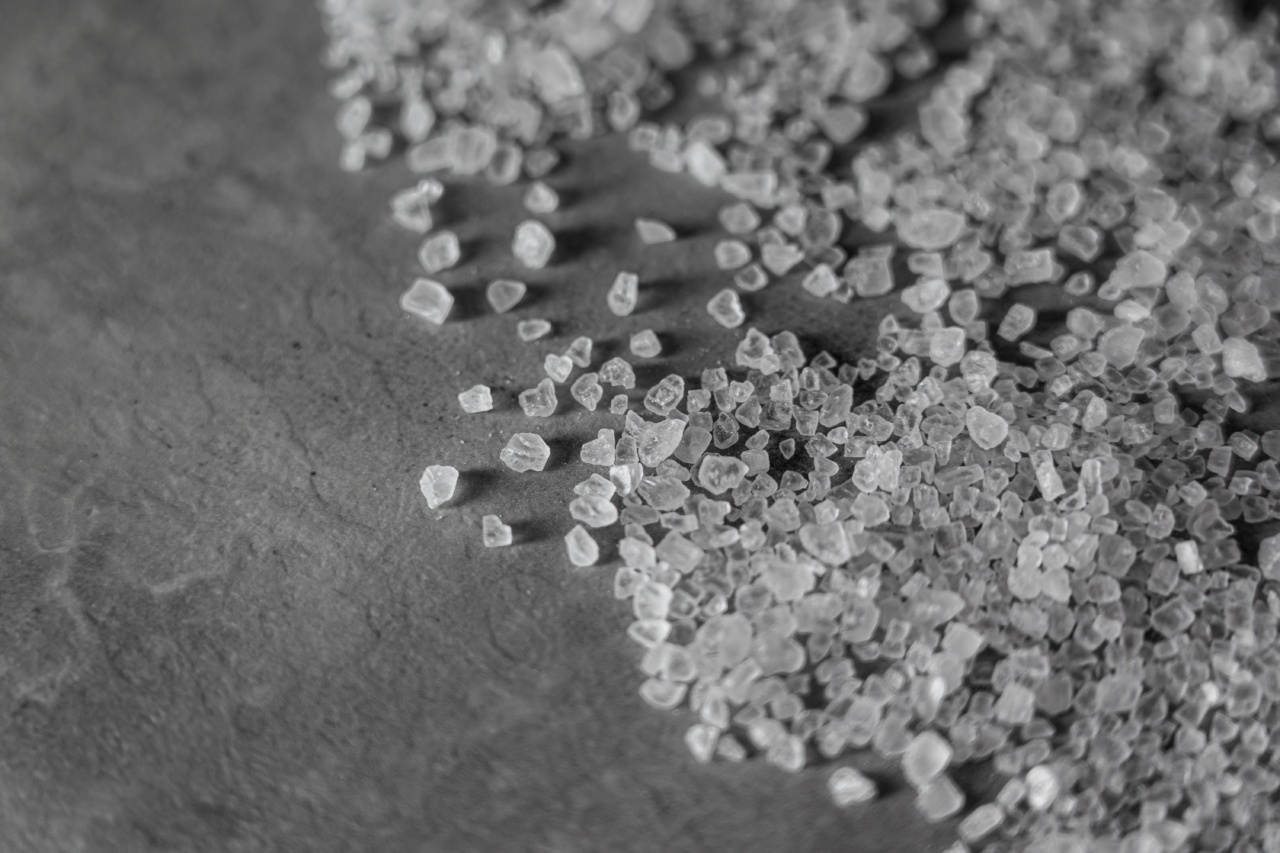Reducing sodium intake is a crucial step towards a healthier lifestyle, as excessive sodium consumption can lead to various health issues such as high blood pressure and cardiovascular diseases.
However, many people find it challenging to cut down on salt due to its flavor-enhancing properties. The solution? Low-sodium salt with maximum flavor impact.
The Need for Low-Sodium Salt
Salt has been an essential ingredient in cooking for centuries, not only for its flavor but also for its ability to preserve food. However, in modern times, excessive salt consumption has become a major health concern.
The high sodium content in traditional table salt is responsible for water retention, increased blood pressure, and the risk of developing chronic diseases.
As a result, there is a growing demand for low-sodium alternatives that provide the same saltiness and flavor enhancement without the negative health consequences.
Low-sodium salt products have emerged as the ideal solution, offering maximum flavor impact while drastically reducing sodium intake.
Understanding Low-Sodium Salt
Low-sodium salt is specifically formulated to provide a reduced sodium content compared to traditional table salt.
While regular table salt consists of around 40% sodium content, low-sodium alternatives contain significantly less sodium while still maintaining the desired flavor profile.
One common substitute for regular salt is potassium chloride, which has a salty taste but with lower sodium content.
Manufacturers combine potassium chloride with other natural salts to create a low-sodium salt mixture that closely resembles the taste and texture of traditional salt.
Benefits of Low-Sodium Salt
Using low-sodium salt in your daily cooking routine offers several benefits:.
1. Reduced Sodium Intake
The primary advantage of low-sodium salt is the significant reduction in sodium intake. By using these alternatives, individuals can lower their risk of developing high blood pressure, heart diseases, and stroke.
It allows people to enjoy the taste of salt without compromising their overall health.
2. Flavor Enhancement
Low-sodium salt options are carefully formulated to provide maximum flavor impact. They enhance the taste of food, ensuring that your dishes remain delicious and satisfying without the excess sodium.
The seasoning properties of low-sodium salt make it an excellent choice for adding depth and richness to any recipe.
3. Healthier Food Choices
Reducing sodium intake often translates to making healthier food choices. Low-sodium salt encourages individuals to explore new flavors and experiment with different herbs and spices.
By relying less on highly processed and sodium-laden ingredients, people can opt for fresh, nutritious alternatives and create well-balanced meals.
4. Ideal for Dietary Restrictions
For individuals who follow specific dietary restrictions, such as a low-sodium or heart-healthy diet, low-sodium salt offers an opportunity to enjoy flavorful meals without sacrificing taste.
It allows individuals with health conditions to adhere to their dietary requirements without feeling deprived or compromising their nutritional needs.
Incorporating Low-Sodium Salt into Your Cooking
Using low-sodium salt in your culinary endeavors is a simple and effective way to reduce sodium intake without compromising on taste. Here are some tips on incorporating low-sodium salt into your cooking:.
1. Gradual Transition
Start by gradually reducing the amount of regular salt you use in your recipes. Replace it with an equal amount of low-sodium salt, allowing your taste buds to adjust to the slightly different flavor profile over time.
2. Experiment with Herbs and Spices
Enhance the flavor of your dishes by using a variety of herbs and spices. These natural flavor enhancers can compensate for the reduced sodium content and add depth to your meals.
Fresh herbs like basil, thyme, and rosemary, along with spices such as cumin, paprika, and turmeric, can transform a simple dish into a culinary delight.
3. Choose Fresh Ingredients
When cooking with low-sodium salt, opt for fresh and natural ingredients whenever possible. Fresh produce, lean proteins, and whole grains are naturally low in sodium and can help create a well-balanced and nutritious meal.
4. Learn to Balance Flavors
Experiment with different flavor profiles and learn to balance the taste of your dishes without relying heavily on salt. Incorporate acidity from lemons or vinegar, sweetness from fruits or honey, and umami from ingredients like mushrooms or soy sauce.
Developing a palate for diverse flavors will enhance your culinary skills and enable you to create delicious meals with reduced sodium.
Conclusion
Low-sodium salt with maximum flavor impact is a game-changer for individuals looking to reduce their sodium intake without compromising on taste.
By incorporating these alternatives into your daily cooking routine, you can enjoy flavorful meals while taking a significant step towards a healthier lifestyle. Embrace the wide range of possibilities that low-sodium salt offers and discover the joy of delicious, healthy cooking.






























